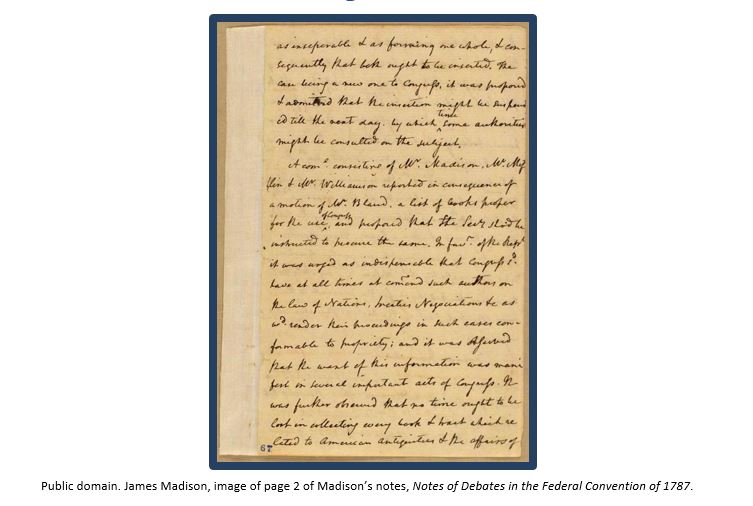7th Grade Great Compromise Inquiry
Is Compromise Always Fair?
Download Entire Inquiry Here

Staging the Compelling Question
In staging the compelling question, “Is compromise always fair?” teachers may ask students to think of times when they made a compromise in order to get something done. Students may need to be told that compromise is when people come to agreement about something that is in dispute when each side agrees to give something up.
Is Compromise Always Fair?
Download Entire Inquiry Here
Staging the Compelling Question
In staging the compelling question, “Is compromise always fair?” teachers may ask students to think of times when they made a compromise in order to get something done. Students may need to be told that compromise is when people come to agreement about something that is in dispute when each side agrees to give something up.
Supporting Question 1-How was representation determined under the Articles of Confederation?
The first supporting question—“How was representation determined under the Articles of Confederation?”—helps students begin to understand the competing views of large and small states regarding representation in Congress by asking them to consider the original arrangement for representation in the unicameral (one-house) legislature under the Articles of Confederation. The formative performance task calls on students to write a description of how states were represented in the Congress under the Articles of Confederation. The featured source for this question is an excerpt from the Articles of Confederation.
Source A: Second Continental Congress, Article V of the Articles of Confederation dealing with representation in Congress, Articles of Confederation (excerpt), 1777 Public domain. Available from the Our Documents initiative: http://www.ourdocuments.gov/doc.php?doc=3&page=transcript.
?
Supporting Question 2- What was the Virginia Plan?
The second supporting question—“What was the Virginia Plan?”—highlights an essential component in understanding the eventual Great Compromise. The Virginia Plan put forward a scheme for a new government that proposed a bicameral (two-house) Congress with representation in each house determined by population. Thus, larger states would have more members in each of the two houses of Congress. The formative performance task asks students to write a summary of the Virginia Plan with consideration for how large-state and small-state constituents might view this plan. The featured sources for this task are James Madison’s description of the Virginia Plan from his Notes of Debates in the Federal Convention of 1787, a diagram of the Virginia Plan, and a chart of the United States population in 1790.
?
Supporting Question 2- What was the Virginia Plan?
- Source A: James Madison, journal notes describing the approval of the Connecticut Plan, Notes of Debates in the Federal Convention of 1787 (excerpts with description of the historical context), July 17, 1787 This annotated version of James Madison's convention notes was created for the New York State K–12 Social Studies Toolkit by Binghamton University, 2015. The text is excerpted from the original, and spelling has been modernized. Public domain. Available from the Avalon Project: Documents in Law, History and Diplomacy, Yale Law School, Lillian Goldman Library: http://avalon.law.yale.edu/18th_century/debates_716.asp.
- Source B: Diagram of the Virginia Plan
- Source C: Chart of the US population in 1790
- Source A: Excerpt from Notes of Debates in the Federal Convention of 1787 (New Jersey Plan)
- Source B: Diagram of the Virginia Plan
- Source C: Chart of the US population in 1790
- Source A: Excerpt from Notes of Debates in the Federal Convention of 1787 (Connecticut Plan)
- Source B: Excerpt from Notes of Debates in the Federal Convention of 1787 (Virginia and New Jersey Plans)
- Source C: Excerpt from Notes of Debates in the Federal Convention of 1787 (Connecticut Plan)
| New York State Social Studies Framework Key Idea & Practices | 7.4 HISTORICAL DEVELOPMENT OF THE CONSTITUTION: The newly independent states faced political and economic struggles under the Articles of Confederation. These challenges resulted in a Constitutional Convention, a debate over ratification, and the eventual adoption of the Bill of Rights. Gathering, Using, and Interpreting Evidence Comparison and Contextualization Conceptual Understandings:
|
| Staging the Question | Describe daily life instances where compromises were made. |